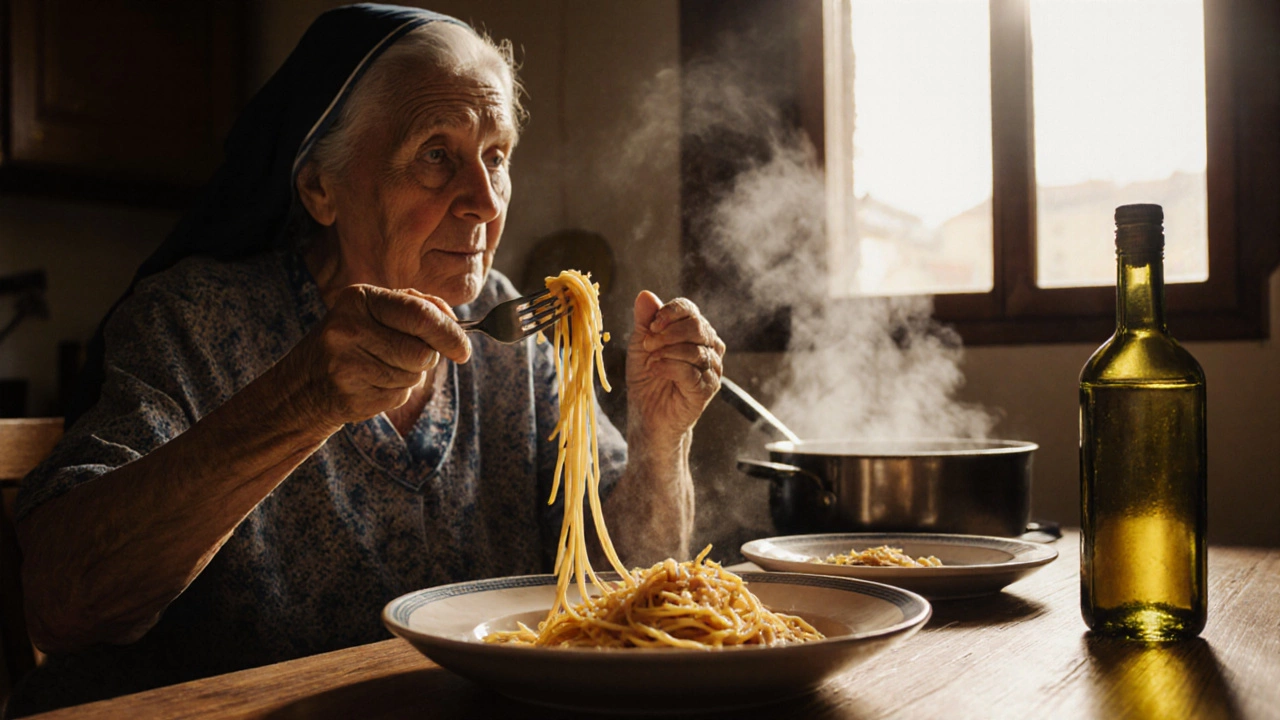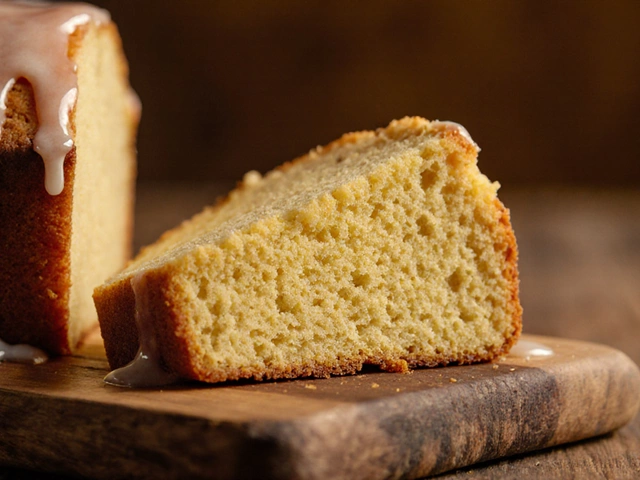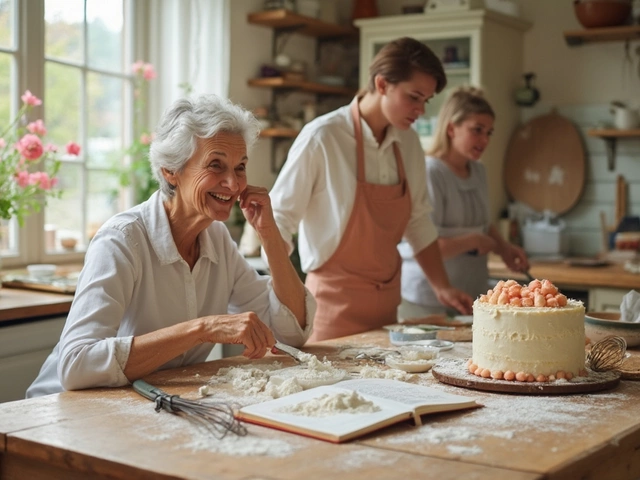Pasta Culture: Origins, Varieties, and How It Shapes Global Cooking
When we talk about pasta culture, the deep-rooted traditions, regional variations, and everyday rituals around pasta-making and eating across generations. Also known as Italian culinary heritage, it’s not just about noodles—it’s about family, place, and time. You won’t find one single recipe for pasta in Italy. In Naples, they use durum wheat and hand-rolled spaghetti. In Emilia-Romagna, it’s egg-rich tagliatelle. In Sicily, they stuff pasta with ricotta and mint. Each shape, sauce, and technique carries a story passed down—often from grandmother to grandchild.
Pasta culture doesn’t stop at Italy. It’s been adopted, adapted, and reinvented everywhere. In Japan, they make ramen with wheat noodles and rich broth. In the U.S., mac and cheese is a comfort food staple. In China, hand-pulled lamian noodles are spun by skilled hands in minutes. What ties them all together? Simplicity. Durability. Accessibility. Pasta is cheap, filling, and forgiving—it survives imperfect kitchens and rushed weeknights. That’s why it’s survived wars, famines, and food trends. It doesn’t need fancy tools. Just flour, water, salt, and patience.
And the shapes? They’re not random. Rigatoni holds thick sauces. Capellini cooks fast for light olive oil drizzles. Farfalle traps bits of peas and cream. Each form was invented to work with local ingredients and cooking methods. You can’t just swap one for another and expect the same result. That’s why pasta culture isn’t about following trends—it’s about respecting function. Even today, you’ll find small towns in Italy still making pasta by hand, using wooden boards and rolling pins passed down for 100 years.
What’s surprising is how little many people know about the real deal. Most store-bought pasta is made with soft wheat and dried at high heat. Authentic dried pasta? It’s slow-dried at low temperatures, which keeps the starch intact and gives it that perfect bite. The difference? One bite tells you everything.
And then there’s the sauce. Pasta culture teaches you that sauce doesn’t drown the noodle—it embraces it. A good ragù clings. A simple aglio e olio sings. You don’t need cream, cheese, or herbs to make it great. Just heat, timing, and a little salt.
Underneath all this is a quiet truth: pasta culture thrives because it’s alive. It changes with the seasons, the harvests, and the people who cook it. It doesn’t need to be Instagram-perfect. It just needs to be eaten with love.
Below, you’ll find real stories, myths busted, and practical guides on how to choose, cook, and serve pasta the way it was meant to be—whether you’re making it from scratch or just picking up a box at the store. No fluff. Just what works.






